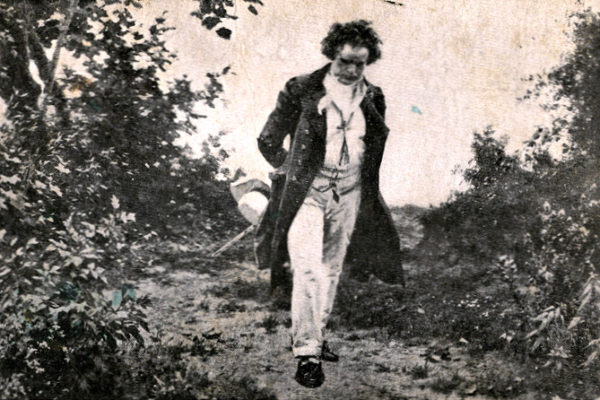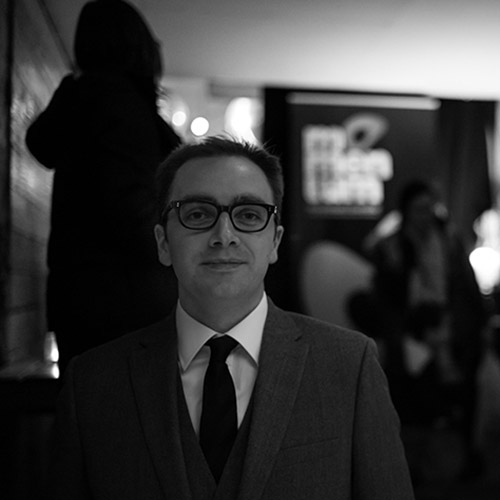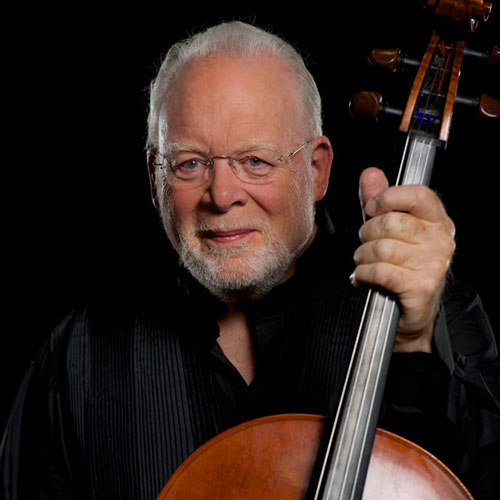One of the things that we are often unaware of is how much our first hearing of a work can influence our thoughts on that work. I don’t think I really paid attention to the music around me unless I
Blogs
Why are there so many words when it comes to music? And in so many languages, like Italian, German, French, and even English! Often, one has to decipher obscure words to read the score and the musical directions, which include
I have observed a bipolarity in my musical self that reflects through my two main musical activities; improvising and composing. Both completing each other — not through their similarities towards a creative goal but rather through their differences of qualities
A 2017 post by the radio station Classic FM, sited a conversation by Reddit user r3mus3, full of puns using the names of composers, which began due to a misspelled note from his father, “The Handel is broken.” I thought,
In Part I of this article we looked at the Australian composers, Deborah Cheetham, Calvin Bowman, Katia Beaugeais, Richard Charlton, and Moya Henderson. In this part, we examine four more exceptional living Australian Composers. Cyrus Meurant Composer, violinist and keyboardist,
The story of how I came to create and record one of my most recent pieces — entitled Chapel of Silence — sprung to me as being a great illustration of how inspiration arises. Doug Thomas: Chapel of Silence I
(January 30, 1944 – April 28, 2020) The music world has lost one of the finest artists of our generation, cellist Lynn Harrell, a towering figure in more ways than one. At 6 feet 3 inches, (1.9 meters) and 250
The music from living Australian composers is fresh and alive with the sounds of this vast country and the inventive ideas of its many composers. The music and culture of the Aboriginal people from Australia is one of the oldest








